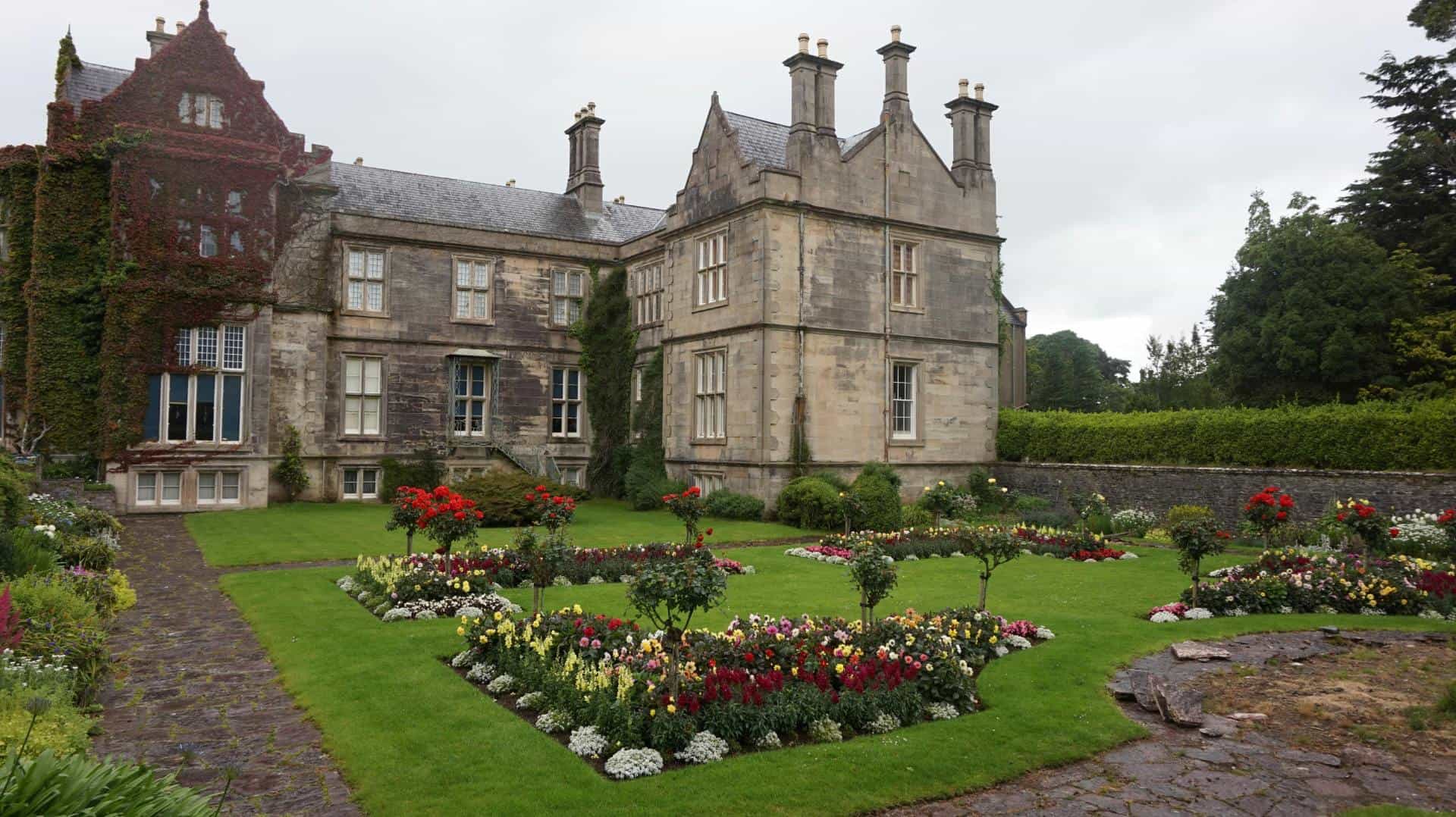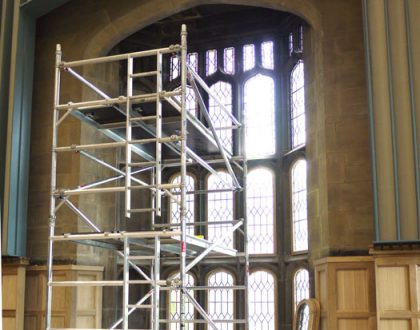Secondary Glazing in Conservation Areas: Planning Permission and Compliance Guide

For those living in conservation areas, improving the windows without altering architectural heritage presents a unique challenge. While unlike listed buildings, properties in conservation areas can have alternate planning demands when it comes to window alterations. It’s vital knowledge for those who are considering secondary glazing for listed buildings as a way of improving thermal efficiency and reducing noise pollution.
Understanding Conservation Areas and Planning Requirements
Conservation areas are designated by local planning authorities with an aim of preserving areas of special architectural or historic interest. Conservation areas are designed to retain their unique character by stringently managing any development or changes within their boundary. Conservation areas are different from listed buildings in that whole neighbourhoods or districts are designated instead of individual properties.
The regulatory control affecting windows in conservation areas is the Article 4 Direction. A legal document, issued by local planning authorities, which removes some of the allowed development rights that would otherwise allow homeowners to make alterations without planning permission. With an Article 4 Direction, any changes that could affect the external appearance of a property, including window alteration that typically require formal planning approval.
Residents within conservation areas that lack Article 4 Directions enjoy more freedom. However, those which fall under the directions must face additional planning requirements for most external alterations.
Secondary Glazing: The Conservation-Friendly Solution
Secondary glazing provides a great advantage to properties within conservation areas, as it preserves the outside character of the existing windows while still providing the advantages of contemporary performance. Secondary glazing is realized by adding an independent window system to the internal face of existing windows to create an insulating air gap that optimizes thermal and acoustic performance.
Most importantly, secondary glazing does not usually require planning permission in conservation areas. This is because the installation does not alter the external fabric or appearance of the building. The secondary units are installed internally and are fully reversible, making them an ideal solution for heritage-sensitive properties.
Planning Permission Requirements for Different Property Types
If you’re trying to figure out if your property requires planning permission for work you want to do, including secondary glazing, see below:
- Single Dwelling Houses: In most single-occupancy properties in a conservation area, there is no requirement for planning permission for the installation of secondary glazing, such as where there are Article 4 Directions. The reason is that the work comes under the category of internal alteration without an external change to the building.
- Flats and Commercial Buildings: Flats and commercial buildings which have previously been converted flats or utilized for commerce may be subject to alternative criteria. Planning permission can occasionally be needed, in particular, for works on the principal elevation in view of the public.
- Listed Buildings within Conservation Areas: Both listed and within conservation area properties come under double regulations. Secondary glazing may not require permission for the designation of the conservation area but will typically require Listed Building Consent due to the building being listed.
Benefits of Secondary Glazing on Heritage Properties
Secondary glazing has many advantages that make it great for conservation area properties:
- Improved Thermal Efficiency: Modern secondary glazing can reduce heat loss by over 60% when used with low-emission glass coatings. This improved performance allows buildings to be made compliant with current energy efficiency standards while maintaining historic character.
- Acoustics: The air gap created by secondary glazing provides better sound insulation, often better than double glazing. This is good for conservation areas located in towns where traffic noise can be a problem.
- Security: Secondary glazing adds security without detracting from the appearance of the building or needing a visible security system that might affect the character of the conservation area.
- Reversibility: Secondary glazing may be removed without any lasting impact on the historic windows, a typical requirement for heritage structures.
Material Considerations and Design Requirements
When adding secondary glazing to a residential property in a conservation area, care should be taken with materials and design details. While planning permission is generally not required for unlisted houses, the work should be sympathetic to the building’s character and the surrounding conservation area.
- Frame Materials: Aluminium frames’ thin profiles and strength ensure their popularity. They can be powder-coated to almost any colour to match existing window frames or the colour scheme of the building.
- Glass Specifications: Various types of glass can be incorporated, ranging from standard float glass to specialized acoustic laminated types for high sound reduction.
- Low-emissivity coatings can enhance thermal performance further without affecting appearance.
- Sight Lines: The frame of the secondary glazing must follow the pattern of existing windows to ensure visual continuity. Properly designed systems are almost invisible from the outside, maintaining the original appearance of the building.
Compliance Best Practices
Even though planning permission is not usually required for most schemes of secondary glazing in conservation areas, best practice guarantees compliance and maintains respect for the area’s heritage value:
- Pre-Installation Consultation: Call the conservation officer at your local planning authority to ensure that your specific proposal requires any permissions. This precautionary step can prevent problems and provide valuable guidance on appropriate techniques.
- Quality Installation: Use experienced installers familiar with heritage buildings and conservation area problems. Proper installation makes the secondary glazing operate efficiently without compromising the original windows.
- Documentation: Make a record of the installation, including specifications and correspondence with planning authorities. This will be beneficial for future use or in case of enquiries for work.
- Reversible Installation Methods: Ensure that the method of installation is such that it can be completely removed without damaging the original windows or the surrounding area. This reversibility is normally a significant factor when determining secondary glazing’s acceptability within heritage contexts.
Recent Regulatory Changes
Recent changes to the planning regulations affected window replacement in conservation areas. The May 2024 General Permitted Development Order changes placed some permitted development rights on windows in conservation areas, but these are generally for like-for-like replacements rather than new installations.
These changes place the emphasis on secondary glazing as a low-profile solution which avoids the complexity of window replacement consents but nonetheless provides valuable performance benefit.
Working with Conservation Officers
Conservation officers play a critical role in preserving the integrity of conservation areas alongside balancing the need for functional improvement to heritage buildings. Early engagement of conservation officers at the stage where they are contemplating secondary glazing can provide valuable input on local standards and tastes.
The majority of conservation officers acknowledge secondary glazing as a suitable option for upgrading the performance of windows in historic buildings. The trick is showing that the installation respects the building’s character and the visual integrity of the conservation area.
To wrap things up
Secondary glazing is the best solution for homeowners in conservation areas who wish to improve the energy efficiency and comfort of their home without degrading its heritage. The fact that most installations are exempt from planning permission is a major attraction over involved window replacement schemes.
By understanding the laws and employing qualified professionals familiar with conservation area demands, you can effectively upgrade your dwellings while preserving the architectural heritage that distinguishes these neighbourhoods. It is important to buy high-performance systems designed uniquely for heritage use and installing them correctly in a manner that respects the building’s character as well as the conservation area’s distinctive environment.
You can get a free online quote from us today or speak to our experts for more information.
Recommended Posts

Bespoke oak.
23/01/2015

